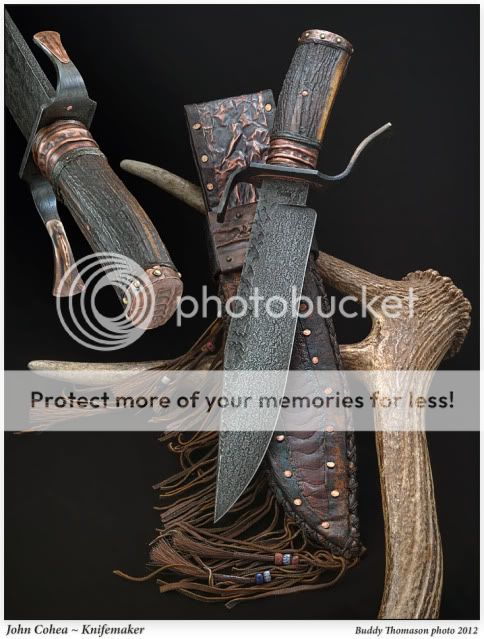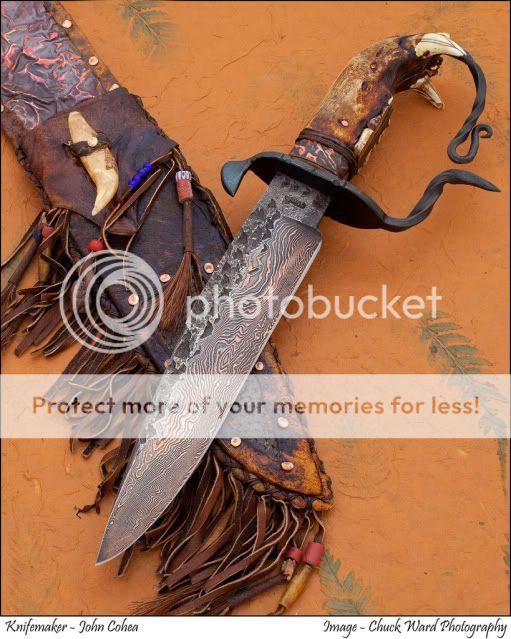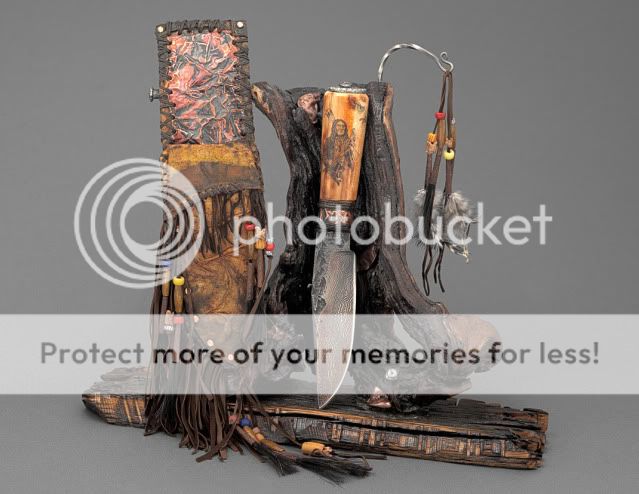Kohai999
Second Degree Cutter
- Joined
- Jul 15, 2003
- Messages
- 12,554
I like this look on Joe Humphrey's work. I think it comes down to individual taste, but somewhere deep down, I think we all think about how cool it would be to be like one of those frontiersmen or a ranger in the French and Indian war (think Darby's rangers).
Not me...not never....infection, disease, starvation, loneliness and boredom followed by sheer terror.
Best Regards,
STeven Garsson







